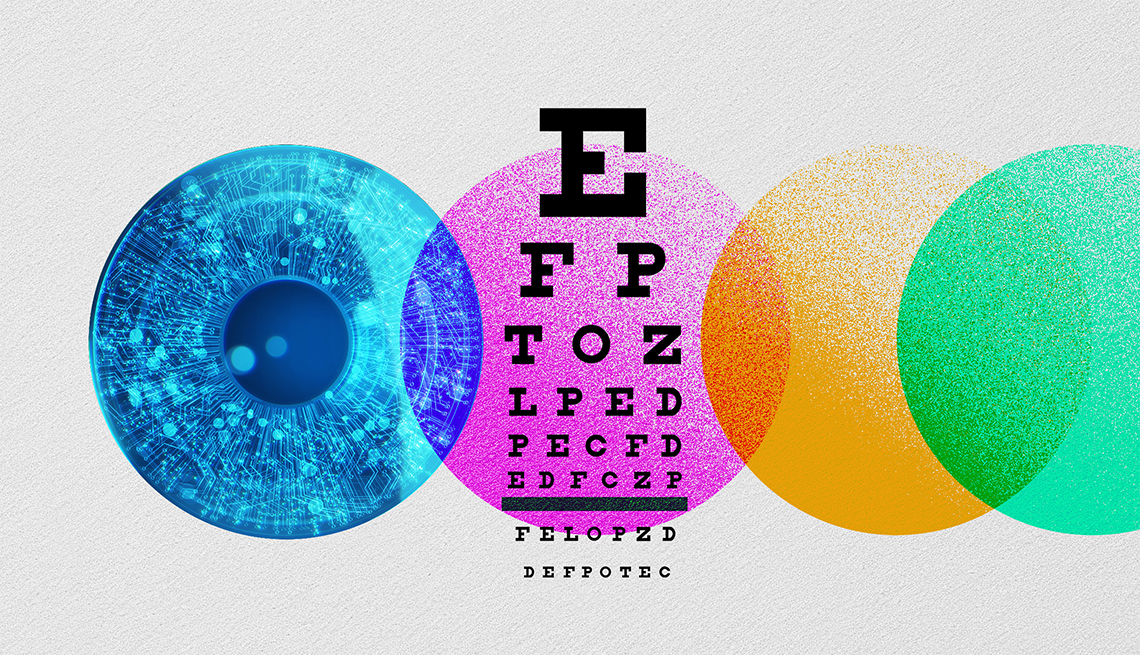Keep Your Vision Healthy: Understanding Eye Tests and Diagnoses
prescription for corrective lenses
Your doctor will ask you to look at an eye chart through a device called a phoroptor. The phoroptor contains different lenses. It will help determine the best eyeglass or contact lens prescription for you.
Your pupils
Your doctor may check how your pupils respond to light by shining a bright beam of light into your eye. Pupils usually respond by getting smaller. If your pupils widen or don't respond, this may reveal an underlying problem.
Your side vision
Loss of side vision (peripheral vision) may be a symptom of glaucoma. This test can find eye problems you aren't aware of because you can lose side vision without noticing.
Your eye movement
A test called ocular motility evaluates the movement of your eyes. Your ophthalmologist looks to see if your eyes are aligned. They also check that your eye muscles are working properly.
Your eye pressure
Eye pressure testing, called tonometry, measures the pressure within your eye (intraocular eye pressure, or IOP). Elevated IOP is one sign of glaucoma. The test may involve a quick puff of air onto the eye or gently applying a pressure-sensitive tip near or against your eye. Your ophthalmologist may use numbing eye drops for this test for your comfort.
The front part of your eye
Your ophthalmologist uses a slit-lamp microscope to light up the front part of the eye. This includes the eyelids, cornea, iris and lens. This test checks for cataracts or any scars or scratches on your cornea.
Your retina and optic nerve
Your ophthalmologist will put dilating eye drops in your eye to dilate, or widen, your pupil. This will allow them to examine your retina and optic nerve for signs of damage from disease. Your eyes might be sensitive to light for a few hours after dilation.
Other Tests During an Eye Examination
Your ophthalmologist may suggest other tests to further examine your eye. This can include specialized imaging techniques such as:
- optical coherence tomography (OCT)
- fundus photos
- fluorescein angiography (FA)
- topography, which is a scan of the surface of your cornea
- automated visual field
These tests help your ophthalmologist detect problems in the back of the eye, on the eye's surface, or inside the eye to diagnose diseases early.
Each part of the comprehensive eye exam provides important information about the health of your eyes. Make sure that you get a complete eye exam as part of your care for your overall health.
- Reference AARP--- More on Eye Health
- Keep your eyes healthy
- Understanding eye anatomy and vision
- When and why you should get an eye exam
- 10 diseases eye dilation can spo
- Age-related eye problems
- Age-related macular degeneration
- Facts about glaucoma
- What does eye color say about health

